You only need these 5 items to banish slugs from your yard
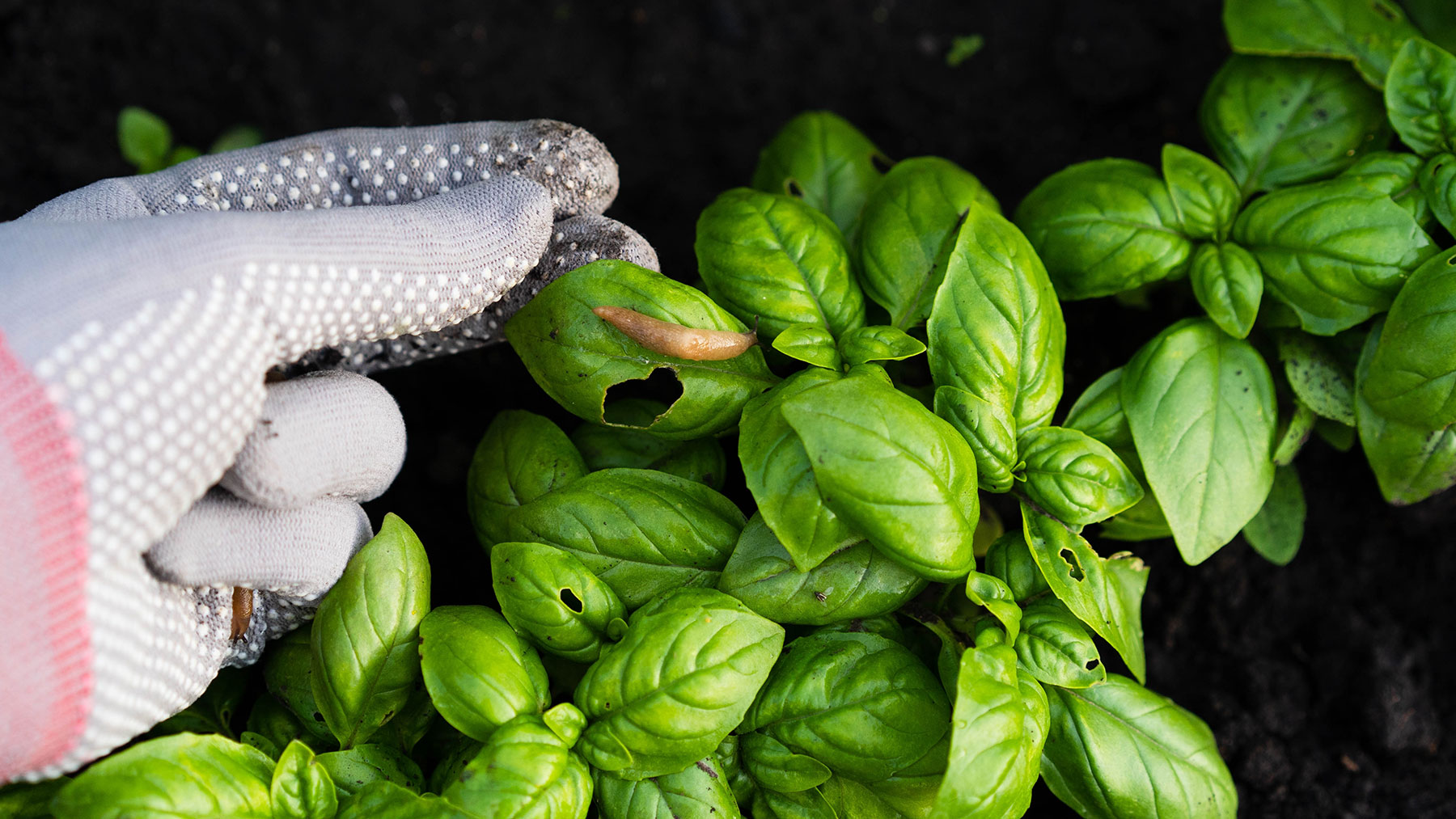
Slugs can devastate gardens overnight, destroying young seedlings, munching through lettuce heads, and leaving slime trails across your carefully tended plants. Spring is prime slug season when warm, damp weather brings them out in force to feast on tender new growth.
Many slug control methods such as beer traps, copper tape and salt, harm or kill slugs in ways that disrupt your garden's ecosystem. Beer traps drown them, copper tape delivers electric shocks, and salt dehydrates them to death. These approaches also risk harming beneficial wildlife like hedgehogs and birds that eat slugs.
Fortunately, there are gentler deterrent methods using common household items that keep slugs away without killing them.
1. Create barriers with egg shells
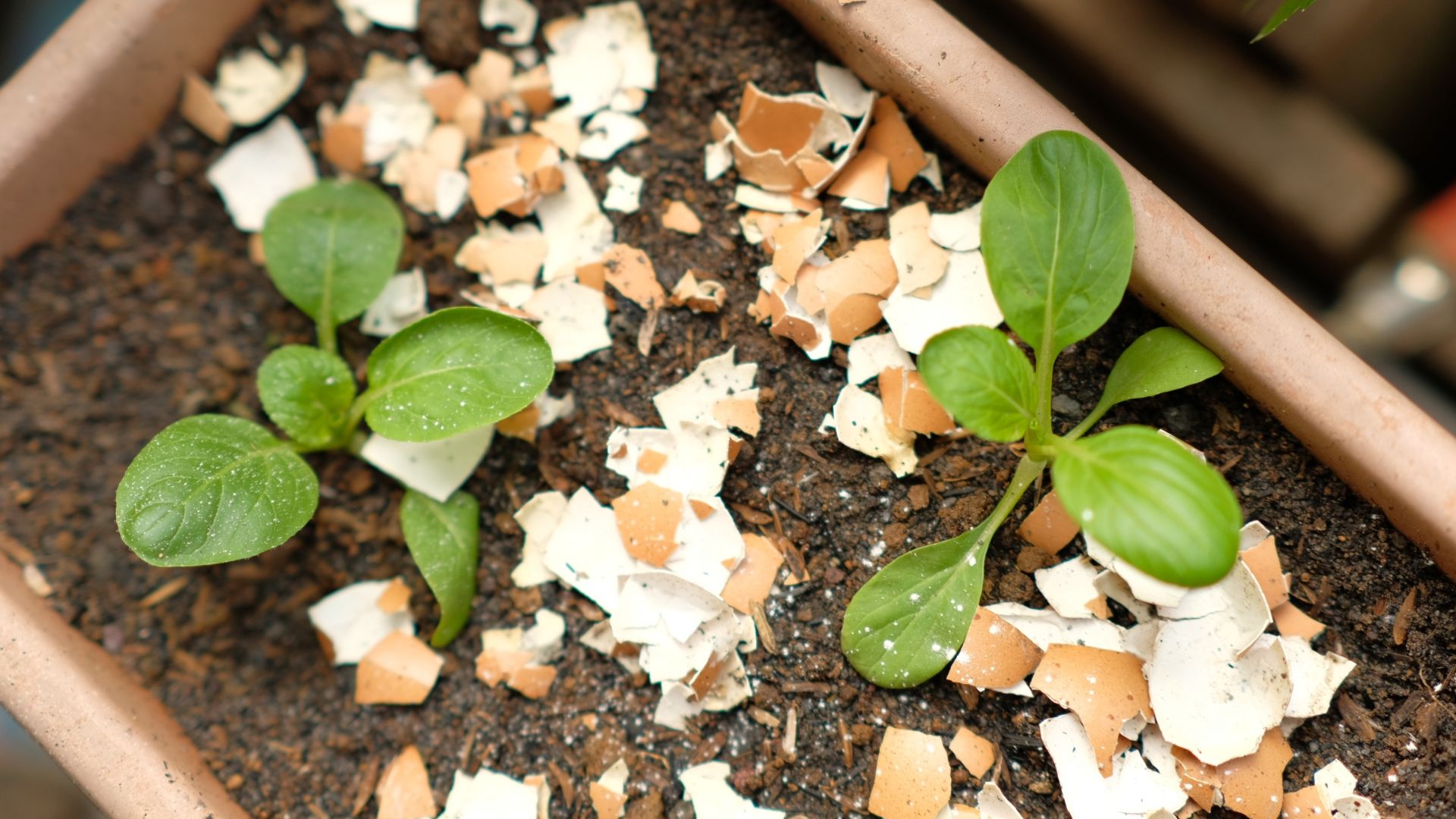
Line your garden borders or surround vulnerable plants with upturned eggshells to create a physical barrier slugs won't cross. The sharp, jagged edges are uncomfortable for slugs to slide over, deterring them from reaching your plants.
Save eggshells from cooking and crush them into rough pieces rather than fine powder. Larger fragments with sharp edges work better as barriers than finely ground shells. To maintain effectiveness, refresh the barrier by replacing the eggshells every few weeks or after heavy rainfall.
2. Use gravel or sand for rough terrain
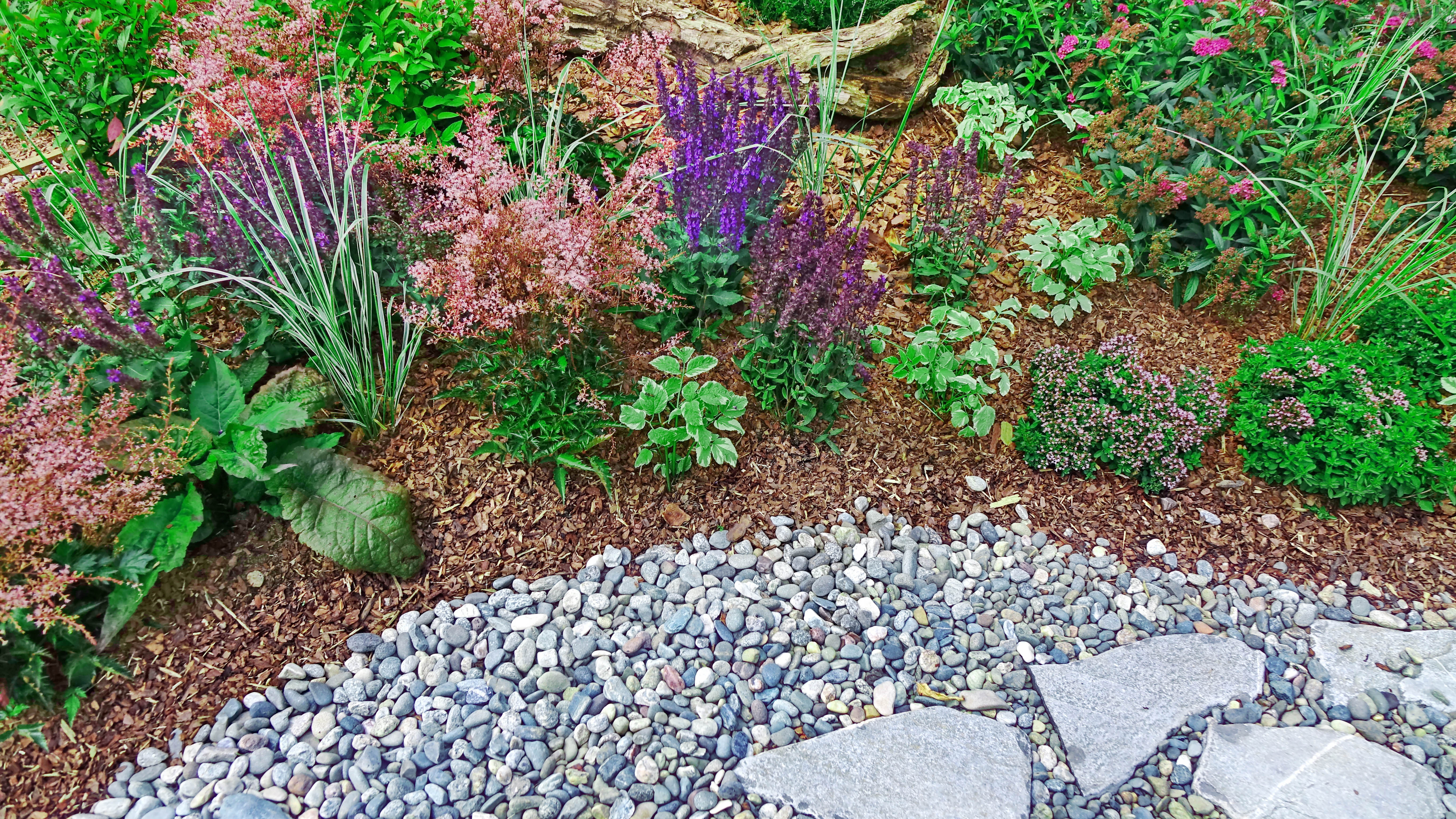
Spread gravel or horticultural sand around vulnerable plants to create an uncomfortable surface slugs struggle to cross. The rough, sharp texture makes it difficult for them to reach your plants.
Gravel paths keep slugs away effectively — they occasionally seek shelter under hedges but rarely venture further onto gravel surfaces. Create protective rings of horticultural grit around young or tender plants for targeted protection. This concentrated approach uses less material while defending your most vulnerable greenery.
3. Mulch with coffee grounds
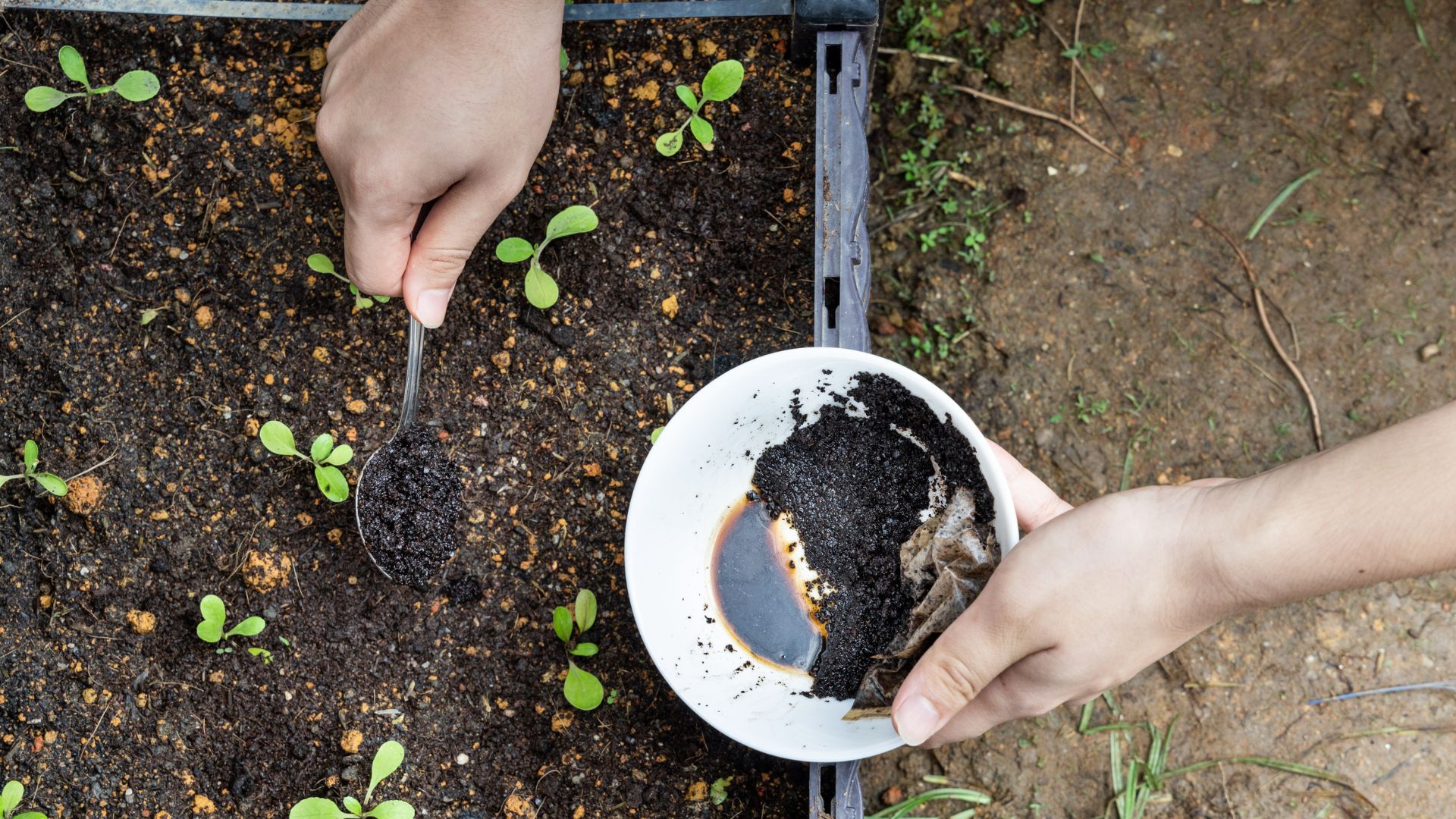
Spread used coffee grounds around plants to create a barrier slugs won't cross. The texture and caffeine content deter slugs while adding nitrogen to your soil as the grounds decompose. You can collect your own grounds or ask local cafes if they're willing to part with their used grounds.
Apply a ring of coffee grounds around vulnerable plants but avoid piling them directly against stems. A barrier one to two inches wide provides protection while allowing the grounds to enrich the soil gradually.
Again, it's important to refresh after heavy rain as it'll wash the grounds right into the soul. Reapplication is easy since you're generating new grounds regularly, and the breakdown actually benefits your garden.
4. Place hair around plants
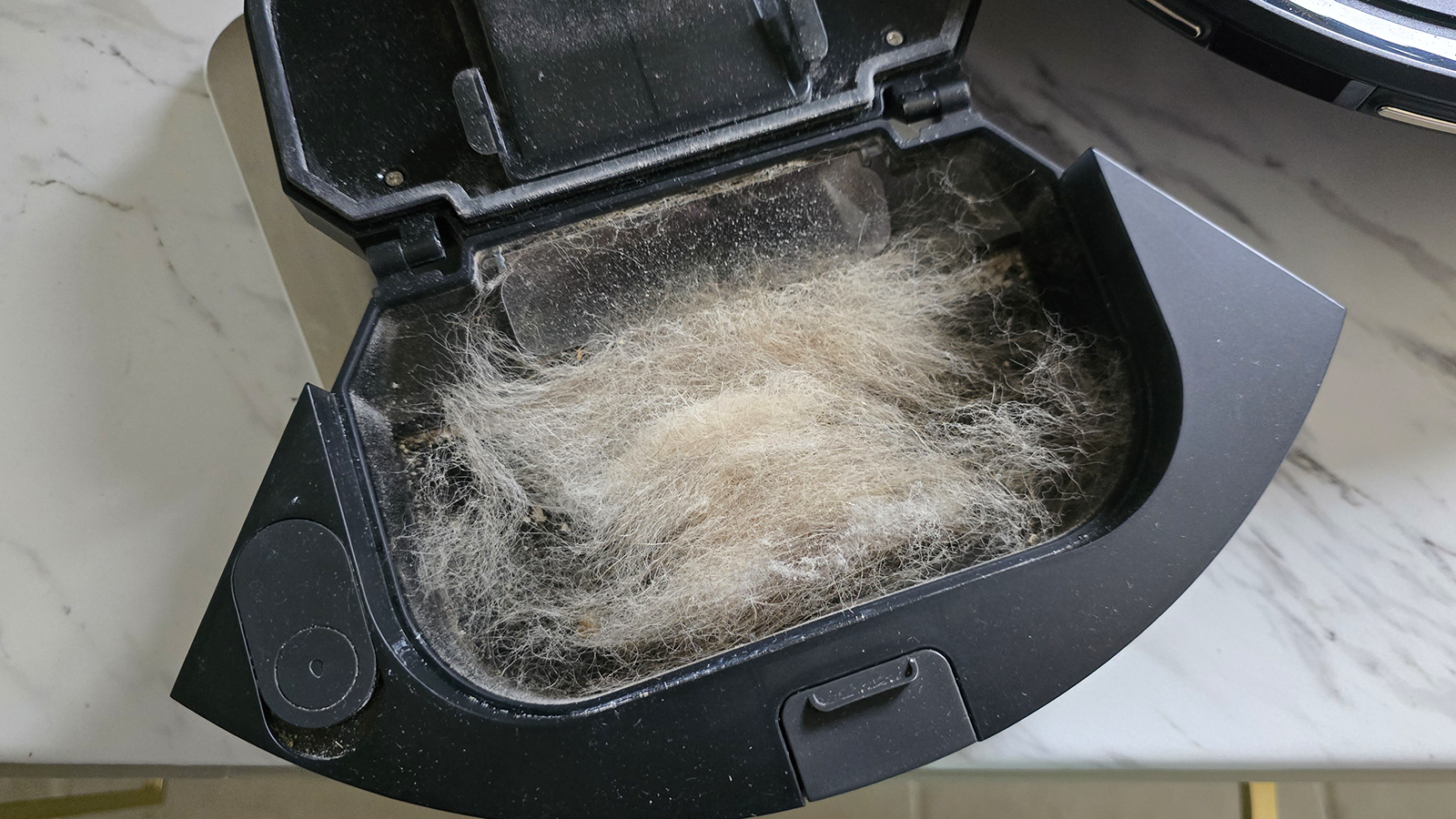
This might sound strange, but hair from your hairbrush or pet's bedding can create protective barriers for plants vulnerable to slug activity. The texture and scent of hair deters them from crossing it.
Form a ring of hair around individual plants or small areas of your yard rather than trying to cover large spaces. This concentrated approach uses material efficiently while protecting priority plants. Hair breaks down slowly but it'll need an occasional replenishment to maintain an effective barrier.
5. Plant aromatic herbs and flowers
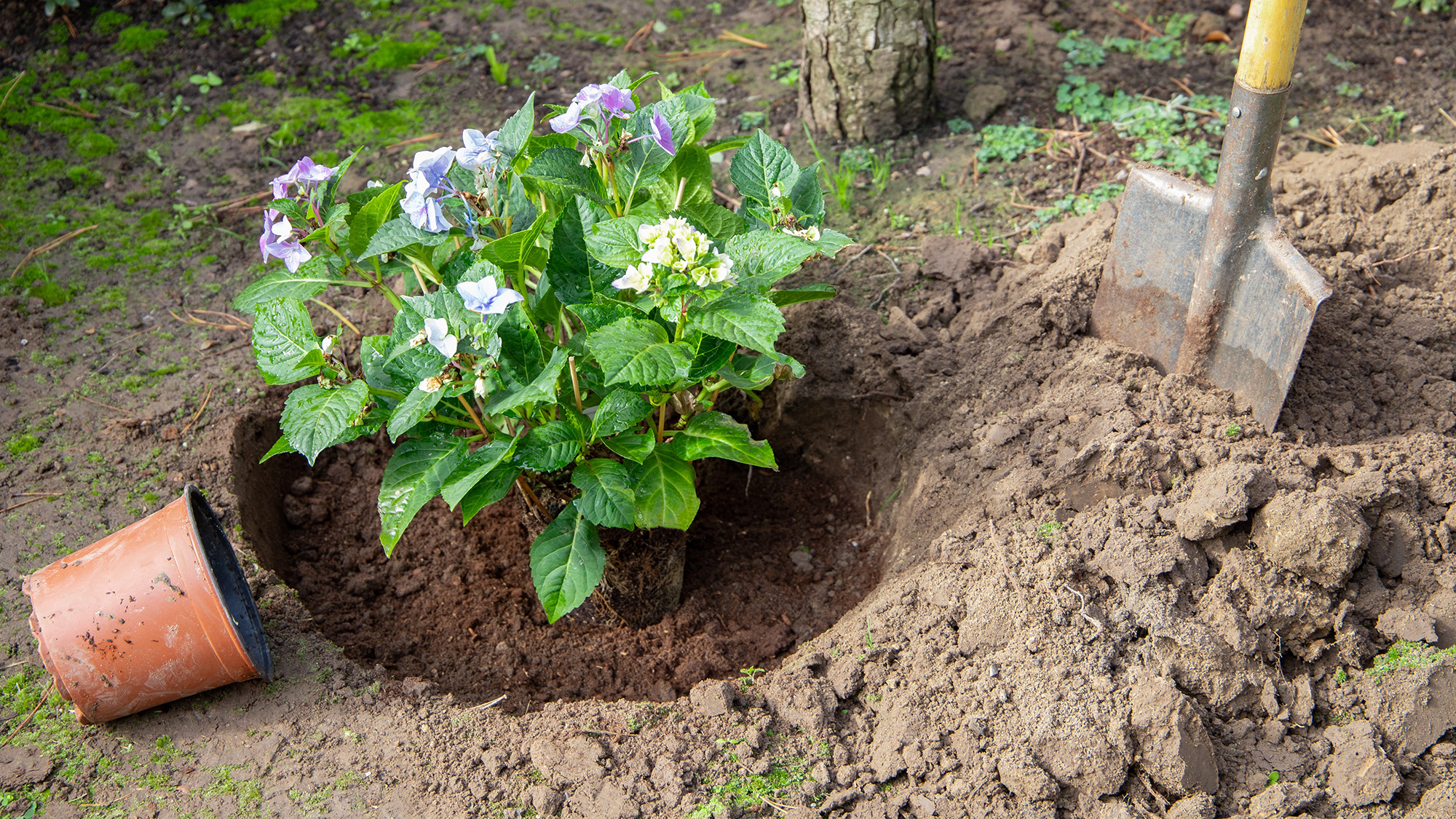
Aromatic plants naturally deter slugs with their strong scents and textured leaves. Use companion planting to protect vulnerable plants by positioning slug-repelling varieties next to those slugs love. This strategy creates a protective barrier using the plants' natural defenses.
Effective slug-repelling plants include alliums, mint, chives, garlic, fennel, foxgloves, geraniums, roses, ferns, grasses, and hydrangeas. Winter is the ideal time to plan your spring garden layout, strategically placing these deterrent plants near hostas, lettuce, dahlias, and other slug favorites.
This method provides year-round protection as perennial aromatic plants return each season, creating permanent slug-resistant zones in your garden without ongoing effort.
Follow Tom's Guide on Google News and add us as a preferred source to get our up-to-date news, analysis, and reviews in your feeds. Make sure to click the Follow button!
More from Tom's Guide
- 7 ways to keep roaches out of your kitchen for good
- 5 slug-resistant plants to stop slugs in their tracks
- How to rat-proof your yard — 5 expert tips to keep them away
Get instant access to breaking news, the hottest reviews, great deals and helpful tips.

Kaycee is Tom's Guide's How-To Editor, known for tutorials that skip the fluff and get straight to what works. She writes across AI, homes, phones, and everything in between — because life doesn't stick to categories and neither should good advice. With years of experience in tech and content creation, she's built her reputation on turning complicated subjects into straightforward solutions. Kaycee is also an award-winning poet and co-editor at Fox and Star Books. Her debut collection is published by Bloodaxe, with a second book in the works.
You must confirm your public display name before commenting
Please logout and then login again, you will then be prompted to enter your display name.
